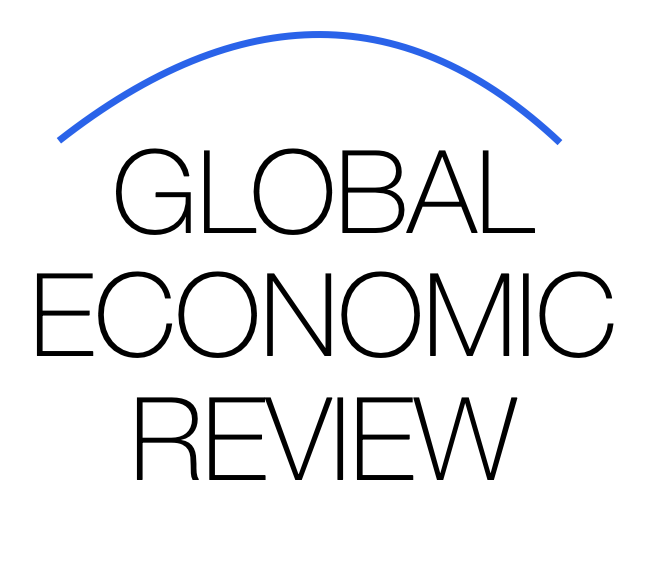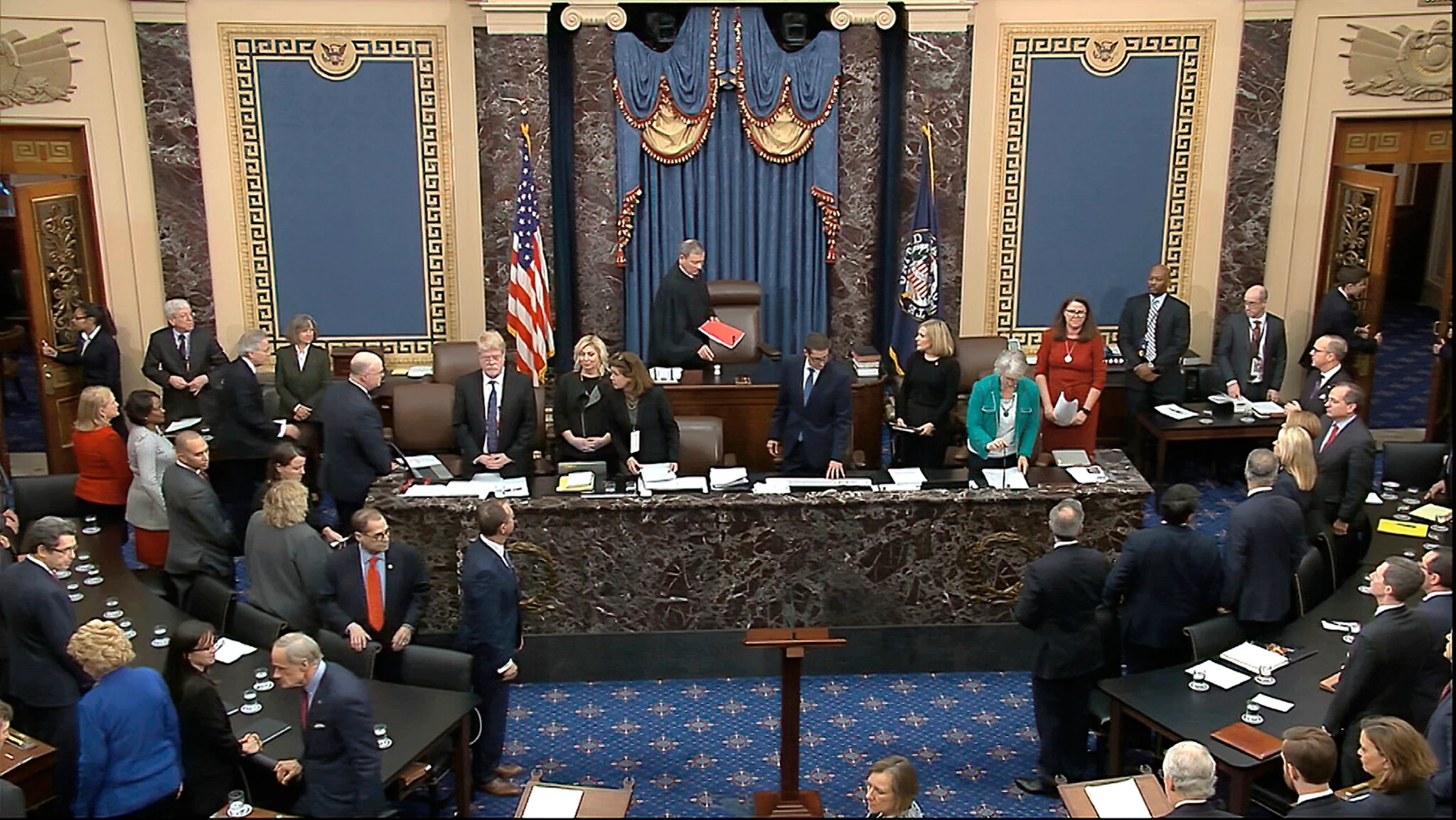India Pushes Back as U.S. Weighs 500% Tariff on Importers of Russian Oil

India has expressed serious concerns over a proposed U.S. policy that would impose a 500% tariff on companies importing Russian oil, a move that could have significant consequences for global energy trade and strain Washington’s relations with key partners across Asia.
The Biden administration is reportedly considering the sweeping measure as part of efforts to increase pressure on Moscow and penalize entities that continue to engage in energy trade with Russia despite ongoing sanctions over the Ukraine war. While the policy is not yet finalized, its implications are already reverberating across major oil-importing countries.
India, one of the largest importers of Russian crude, has called the proposal unilateral, disruptive, and contrary to the principles of open global trade.
India’s Strategic Energy Position
India has ramped up its purchases of Russian crude since early 2022, taking advantage of discounted rates as Western buyers withdrew. Russian oil now accounts for more than 30% of India’s crude imports—a major shift from pre-war figures.
Officials in New Delhi argue that their purchases are vital for energy security and economic stability, especially at a time when inflation and currency volatility are already challenging emerging economies.
“We will not compromise our national energy strategy due to external pressure,” an Indian government official stated anonymously. “India has always followed sovereign decisions based on our needs, and we will continue to do so.”
Potential Global Ripple Effects
If implemented, the 500% tariff could create a chilling effect on global oil flows, particularly in Asia, where several nations continue to buy Russian energy products outside Western-led sanctions.
Analysts warn that such a tariff may:
- Distort energy markets, pushing prices higher globally.
- Complicate trade routes and increase shipping costs.
- Drive more countries to settle trades in non-dollar currencies, accelerating de-dollarization.
- Increase geopolitical friction between Washington and major economies such as India, China, and Turkey.
Moreover, energy traders and refiners may face heightened compliance risks and a more fragmented global oil market, as the policy could pressure international institutions and banks to withdraw support from Russian-linked transactions—even when conducted legally outside the U.S.
India’s Diplomatic Response
India has begun diplomatic consultations with the U.S., urging restraint and advocating for multilateral consensus before such a major policy shift is enacted. Indian officials have also raised the issue at the G20 and other international forums, warning that “weaponizing tariffs” undermines cooperative energy frameworks.
India has emphasized that its oil trade is within the bounds of international law and not in violation of existing sanctions.
The Broader Geopolitical Context
This development comes at a time when the U.S. is increasingly using economic tools—such as tariffs, secondary sanctions, and export controls—to reshape global alliances and apply pressure on geopolitical adversaries. While these tools have proven effective in some instances, they are also raising concerns about unintended consequences and backlash from neutral or allied nations.
India’s firm stance highlights a growing divide between Western and Global South perspectives on trade, sovereignty, and energy security.
Conclusion
As the U.S. weighs a dramatic escalation in its economic campaign against Russia, India has made it clear that it will defend its strategic autonomy in energy policy. Whether Washington proceeds with the 500% tariff remains to be seen, but the proposal has already sparked diplomatic resistance and raised fresh questions about the global energy order in a deeply polarized world.

















